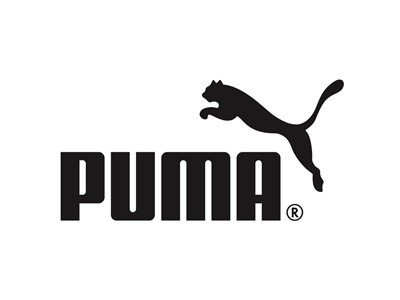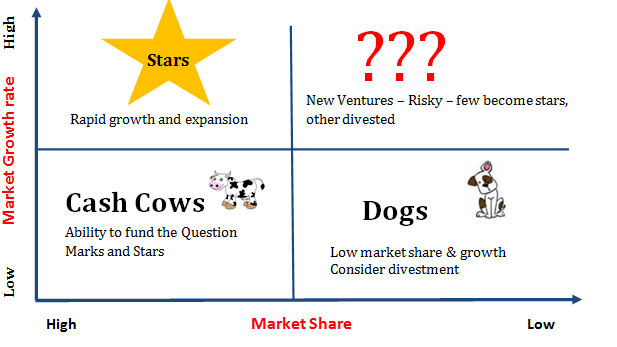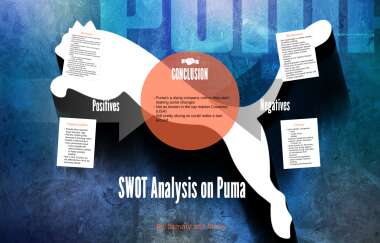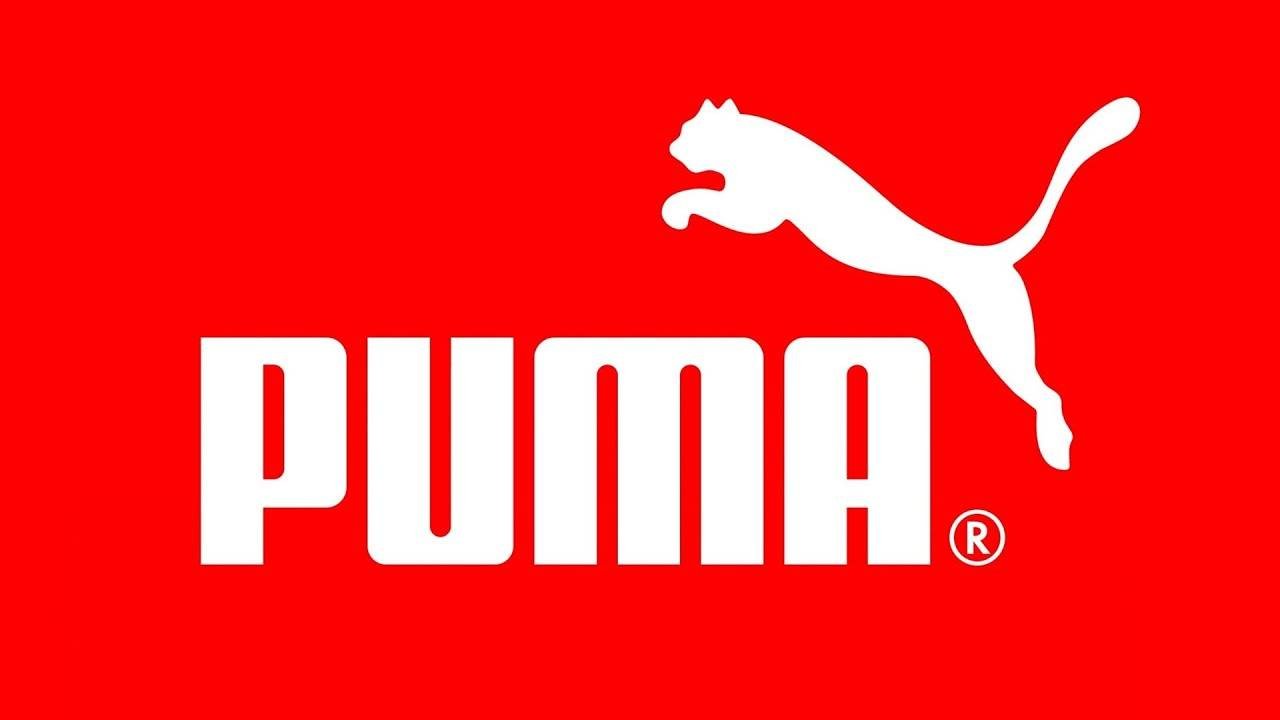What is Puma’s marketing strategy? Puma has become a leading sports brand in the world. It carries out the design development as well as the marketing of clothing and footwear. Thanks to its quality, since its foundation in 1948 by Rudolf Dassler, it is one of the companies with the highest performance when it comes to the sporty style. This German company has managed to expand into more than 130 countries, and not only for its products, but its marketing strategy also deserves credit. If you are interested in knowing how marketing influences sports brands like Puma, keep reading this post in order to explore the puma marketing case study.
Table of Contents
What is Puma’s target audience?
While that’s true, Puma in its early days catered to professional athletes who competed nationally and internationally. However, over time it has reinvented itself and has shown its products to a more general target audience. Therefore, it has ceased to be a brand focused on elite sports, to advertise its products to anyone who wants to buy them.
Thus, the brand’s customer base is headed by young people aged 20-35. Puma’s customers belong to the upper class, a group that cares about leading a healthy and hygienic lifestyle.
Consequently, to attract a large number of customers regardless of their segmentation, the brand has taken care of knowing the individual characteristics to make the promotions more attractive to the target audience and the final customer.
Puma Marketing Strategy: Positioning

It’s worth starting with one very important factor. The Puma brand has been using a combination of geographical, demographic, and psychographic segmentation strategies for many years. This way, you can more easily understand the needs of customers which can change day by day in the market.
However, this positioning strategy turns out to be the key to the development of each of its products and categories. The brand has always been an inspiration to those who want to move positively through life. Thus, the positioning of the puma brand has also been achieved by adding value to the company.
Competitive Advantage Of Puma Marketing Strategy
90% of the brand’s products come from Asian markets, as the production and production facilities are located right there. Sourcing is very important to Puma, which is why it maintains stable coordination with over 200 suppliers located in more than 36 countries.
The Wide Product Portfolio
Puma has long been involved in various categories of its products such as personal care, footwear, sports accessories, eyewear, clothing, watches, and much more.
Indeed, being present in segments that include different products helps the brand to have a greater share of the market to increase its portfolio of potential customers.
Puma BCG Matrix In Marketing

The BCG Matrix works like a growth matrix which is used with the aim of evaluating the product portfolio within a company. In the case of Puma, it took over Puma & Cobra Golf, which dealt with the same products in the sports market.
If we go back a few years, specifically to the year 2015, we can see that this group generated 45% of net sales. From that date to today, the segmentation of this product has generated a high amount of revenue, unlike other product categories such as clothing and accessories.
Distribution Strategy Of Puma
Considering that Puma too got carried away by a marketing mix, let’s talk a bit about its distribution strategy. This company has distributed its offerings through three exclusive channels, which include the brand’s exclusive retail stores, wholesale sites, and e-commerce sites like Alibaba and Amazon. Typically, the largest percentage of their sales usually comes from the wholesale channel.
Brand Equity Of Puma Marketing Strategy
For those who do not know what Brand Equity means, they are the efforts that are being made with the company’s brand and its products. Puma has had a long time in the footwear industry, and as time goes by, confidence in other of its products, such as sportswear, increases.
Likewise, these product categories have been inspired by their appeal and to match those people who are not afraid to take risks, because they simply prefer to live their life to the fullest.
To make the most of the Brand Equity, the brand has entered into important partnerships with world-renowned sports personalities, such as Tyger Woods.
Analysis of the Puma marketing strategy

Let’s look at the competitive and market analysis of the Puma marketing strategy :
Competitive analysis
As we have already said at the beginning of this post, Puma has operations worldwide. However, the brand has focused on manufacturing the products in the Asian market because the price of labor is cheaper. Likewise, the cost of the raw material has been an advantage for the brand to stay one step ahead of the competition.
Market analysis
Currently, there are many factors that can intervene in the sector so that sports brands can remain on the market: the bargaining power of suppliers, lifestyle changes, population migration, and rising labor costs.
Conclusion
Sports brands also need a marketing mix strategy to outperform the competition. Puma’s marketing strategy has been focused on understanding the needs of its public no matter where in the world it is located, this has generated higher income, considering that its products are produced in a market like Asia, where the hand of work is not as expensive as in other countries.
If you have a sports brand that you want to make known, at Mix With Marketing we have the marketing professionals you need to make a strategy that fits your objectives and your target audience. You just have to contact us and we will gladly assist you.
Do you want to be up to date with topics related to the world of marketing? Subscribe to our monthly newsletter, and we will share the best content with you.
You might also read:
Pepsi Marketing Strategy: The Case Study
McDonald’s marketing strategy: A benchmark in the fast food industry
Nike Marketing Strategy: The Case Study (Just Do It)
Red Bull Marketing Strategy: The Case Study
If You like this information then don’t forget to like, share, subscribe and leave comments. Thank You




1 Comment